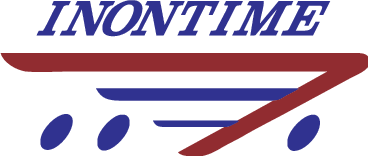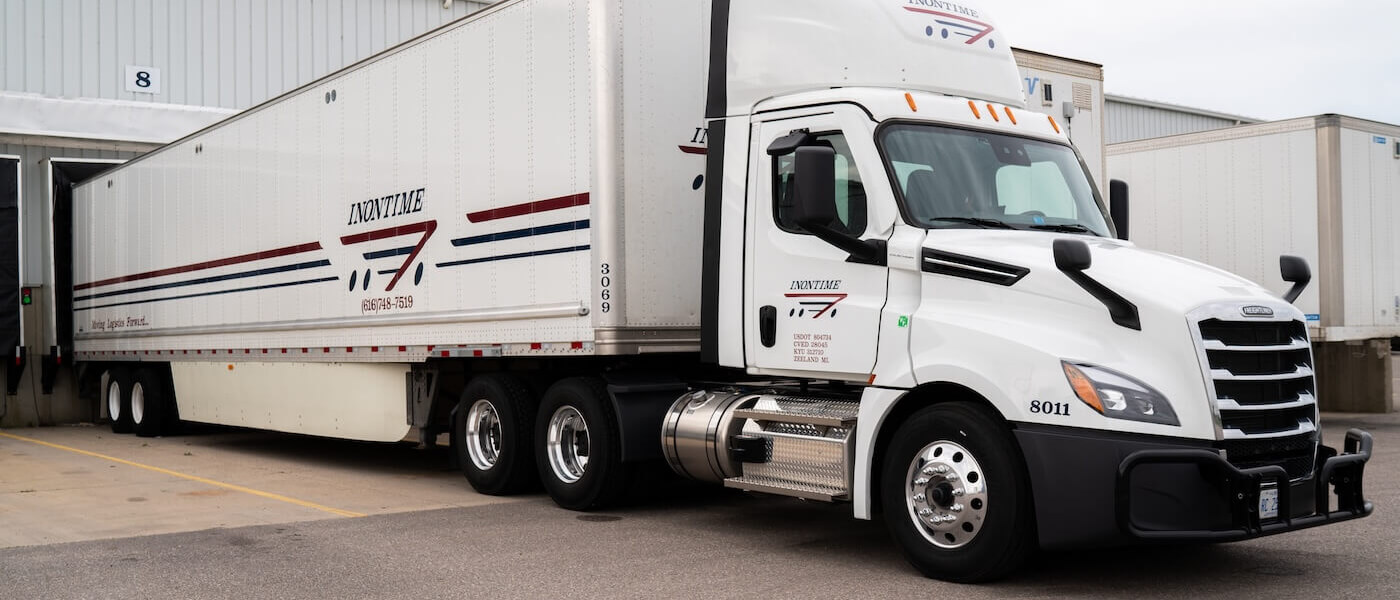Navigating New Tariffs: What It Means for Supply Chains and Trucking
At Inontime, we understand that trade policies and tariffs can present challenges for businesses, supply chains, and transportation providers. While we steer clear of political debates, we acknowledge the real-world impact these tariffs have on our industry and customers. Our priority remains ensuring freight moves efficiently while helping businesses adapt to change.
What’s Happening with the New Tariffs?
Recently, the U.S. implemented new tariffs on imports from Canada, Mexico, and China. These tariffs have increased costs on a wide range of goods, including raw materials, industrial equipment, and consumer products. As a result, many businesses are reevaluating their supply chains, adjusting sourcing strategies, and managing higher transportation costs.
How Do Tariffs Impact Transportation and Logistics?
Tariffs influence more than just the price of imported goods—they also directly affect the trucking and warehousing industries:
-
Short-Term Demand Spikes: Some companies expedited shipments and stocked inventory ahead of the tariffs to avoid additional costs, creating a temporary surge in freight volume and warehouse demand.
-
Shifting Supply Chains: If these tariffs persist, businesses will shift sourcing strategies, potentially reducing imports from China and increasing production in other low-cost countries or within North America.
-
Cross-Border Freight Slowdown: Tariffs on trade with Canada and Mexico could lead to decreased cross-border trucking as certain products become less competitive.
-
Rising Equipment and Operational Costs: Tariffs on materials used in truck manufacturing drive up fleet replacement costs, making it more expensive for carriers to invest in new equipment and parts. Research from S&P Global Mobility suggests prolonged tariffs could increase Class 8 truck prices by at least 10% while reducing demand by 17%.
-
Potential Economic Slowdown: Extended tariffs may contribute to rising costs across industries, creating economic uncertainty. The impact will depend on how long tariffs remain in place before new trade agreements are established.
Inontime’s Strategy: Turning Challenges into Opportunities
Every challenge in logistics presents an opportunity for adaptation. Inontime has successfully navigated shifts like this before—when previous tariffs on Chinese goods were introduced, nearly 70% of our customers and suppliers transitioned to other low-cost regions within a year. We anticipate a similar pattern this time and are prepared to help customers adjust their supply chains.
To support businesses through these changes, we are taking proactive steps:
1. Smart Equipment Purchasing – With a slowdown in overall trucking demand, many companies are liquidating equipment to cut costs. Inontime is strategically acquiring equipment at lower prices, allowing us to maintain a cost-effective fleet while providing reliable, competitively priced transportation services.
2. Foreign Trade Zone (FTZ) Advantage – Inontime operates a Foreign Trade Zone (FTZ) subzone under the Kent-Ottawa-Muskegon Foreign Trade Zone (#189). FTZs provide:
- Duty Deferral: Businesses can store, process, or re-export goods before duties apply, helping manage costs and improve cash flow.
-
Flexible Import Solutions: Companies shifting suppliers due to tariffs may benefit from strategic warehousing to hold inventory without immediately incurring duties.
-
Cost Savings: FTZs can help businesses offset some financial burdens caused by tariffs.
3. Flexible Warehouse Space – Our 3PL shared-space model allows businesses to pay only for the space they need, providing adaptability in an evolving trade landscape.
Moving Forward
Trade policies will continue to evolve, making agile supply chain strategies essential for businesses to remain competitive. At Inontime, we are committed to helping our customers navigate these shifts through efficient fleet management, strategic warehousing solutions, and reliable transportation services.
If your business is reassessing its supply chain strategy due to these tariffs, let’s talk. We’re here to help you stay flexible, efficient, and ahead of the curve.
Discover how Inontime can help you with all your transportation and warehousing needs.

